Images are an increasingly important part of the Internet landscape. Yet marketers are provided very little in the way of reliable metrics to allow us to understand their power and optimize accordingly. This is doubly strange given the huge amount of research going on regarding images within search engine giants such as Google.
Image Tracking In Google Analytics
There is none. Or at least there is no image search tracking in Google Analytics unless you create filters based on referrers. I wrote about how to track image search in Google Analytics in March of 2013 and updated that post in April of 2014.
The problem with this method is that it is decreasing in usefulness. I still use it and recommend it because some visibility is better than none. But when Chrome removed the referrer completely from these clicks earlier this year it really hurt the accuracy of the filter.
Who cares you might be asking. I care because image search intent and the resulting user behavior is often wildly different than web search.

The users coming to the site above via web search have vastly different behavior metrics than those coming from image search. I’ve highlighted the dramatic pages per visit and time on site metrics. Shouldn’t we be building user stories and personas round this type of user?
For a while I explained away the reasons for not providing image search tracking in Google Analytics under the umbrella of privacy. I understand that Google was pretty much forced to move to ‘not provided’ because of lawsuits, Gaos v. Google Inc. in particular. I get it.
But I’m with Chris Messina. Privacy shouldn’t be a four letter word. And the one company who has the best chance of changing the conversation about it is Google. But let’s not go down the privacy rabbit hole. Because we don’t have to.
Right now Google Analytics provides other data on how people search. They break things down by mobile or tablet. We can even get down to the device level.
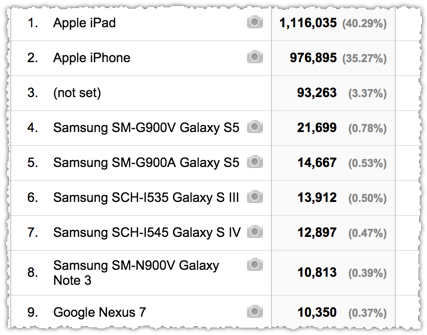
Are we really saying that knowing the user came in via image search is more identifiable than what device they were using? They simply explain different meta data on how a user searched.
Furthermore, on both web and image search I can still drill down and see what page they landed on. In both instances I can make some inferences on what term was used to get them to that page.
There is no inherent additional data being revealed by providing image search as a source.
Image Clicks in Google Webmaster Tools
I wouldn’t be as frothed up about this if it was just Google Analytics. Because I actually like Google Analytics a lot and like the people behind it even more.
But then we’ve got to deal with Google Webmaster Tools data on top and that’s an even bigger mess. First let’s talk about the dark pattern where when you look at your search queries data it automatically applies the Web filter. #notcool
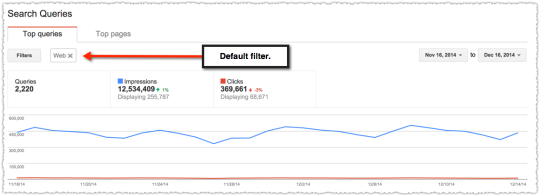
I’m sure there’s an argument that it’s prominent enough and might even draw the user’s attention. I could be persuaded. But defaults are dangerous. I’d hazard there are plenty of folks who don’t even know that you can see this data with other filters.
And a funny thing happens with sites that have a lot of images (think eCommerce) when you look at this data. It doesn’t make an ounce of sense.
What happens if I take a month’s worth of image filtered data and a month’s worth of web filtered data and then compare that to the actual data reported in Google Analytics?
Here’s the web filtered data which is actually from November 16 to December 14. It shows 369,661 Clicks.
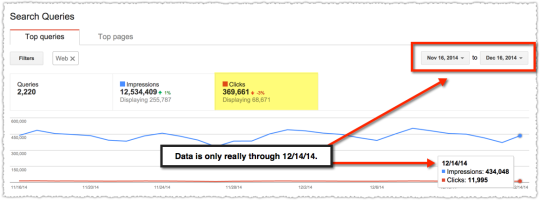
Now here the image filtered data from the same time frame. It shows 965,455 Clicks.
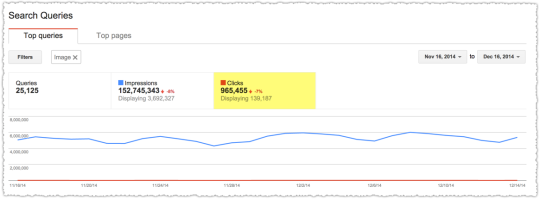
Now here’s what Google Analytics reports for the same timeframe.
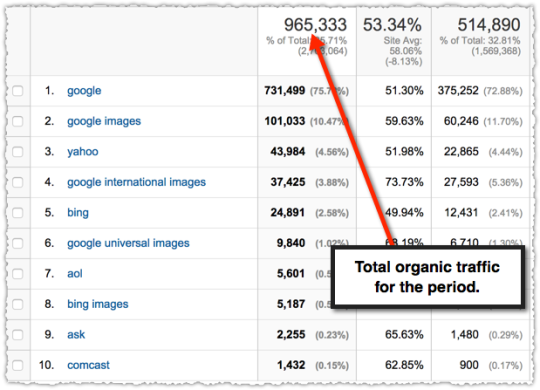
For those of you slow on the uptake, the image click data from Google Webmaster Tools is more than the entire organic search reported! Not just Google but organic search in total. Put web and image together and we’re looking at 1.3 million according to Google Webmaster Tools.
I’m not even going to get into the ratio of image clicks versus web clicks and how they don’t have any connection to reality when looking at the ratio in Google Analytics. Even taking the inaccuracy of the Google Analytics filters into account it points to one very clear truth.
The image click data in Google Webmaster Tools is wonky.
So that begs the question. What exactly is an image click? It doesn’t seem to be limited to clicks from image search to that domain. So what does it include?
This blog is currently number three for the term ‘cosmic cat’ in image search (#proud) so I’ll use that as an example.
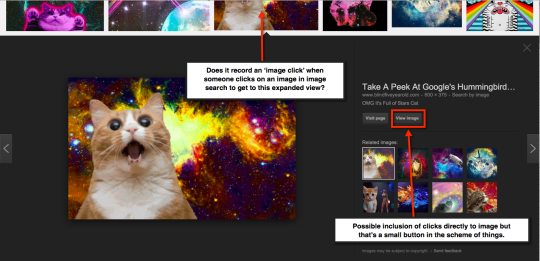
Do image clicks include clicks directly to the image, which are generally not on that domain and not counted in most traffic packages including Google Analytics? Maybe. But that would mean a lot of people were clicking on a fairly small button. Not impossible but I’d put it in the improbable bucket.
Or do image clicks include any time a user clicks to expand that image result? This makes more sense given what I’m seeing.
But that’s lunacy. That’s comparing apples to oranges. How does that help a marketer? How can we trust the data in Google Webmaster Tools when we encounter such inconsistencies.
Every webmaster should be inquiring about the definition of an image click.
The definition (of sorts) provided by Google in their support documentation doesn’t help.
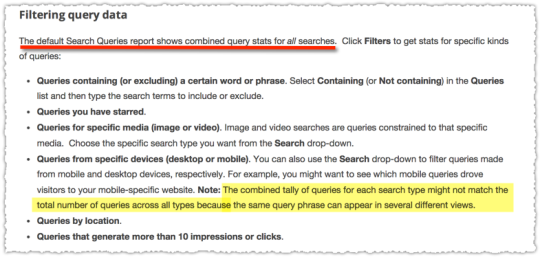
The first line is incorrect and reflects that this document hasn’t been updated for some time. (You know, I hear care and attention to detail might be a quality signal these days.) There’s a line under devices that might explain the image click bloat but it’s not contained in that section and instead is attributed to devices.
Long story short, the documentation Google Webmaster Tools provides on this point isn’t helpful. (As an aside, I’d be very interested in hearing from others who have made the comparison of image filter and web filter clicks to Google Analytics traffic.)
Images During HTTPS Conversion
These problems came to a head during a recent HTTP to HTTPS conversion. Soon after the conversion the client involved saw a decent decline in search traffic. Alarm bells went off and we all scrambled to figure out what was going on.
This particular client has a material amount of images so I took the chart data from both HTTP and HTTPS for web and image clicks and graphed them together.
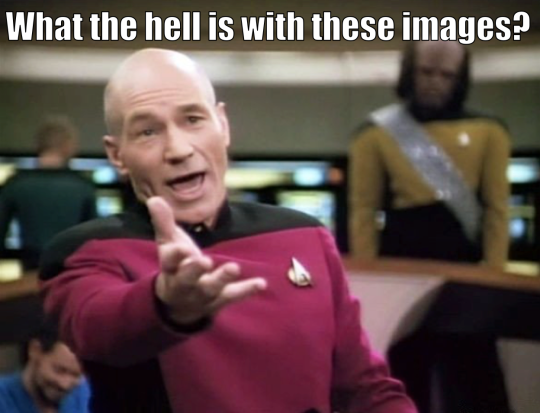
In doing so the culprit in the decline post conversion was clearly image traffic! Now, some of you might be thinking that this shows how the Google Webmaster Tools data is just fine. You’re be wrong! The data there is still incorrect. It’s just wrong consistently enough for me to track fluctuations. I’m glad I can do it but relying on consistently bad data isn’t something I’m cheering about.
The conclusion here seems to be that it takes a long time to identify HTTPS images and match them to their new HTTPS pages. We’re seeing traffic starting to return but it’s slower than anyone would like. If Google wants sites to convert to HTTPS (which they do) then fixing this image search bottleneck should be a priority.
Image Blind?
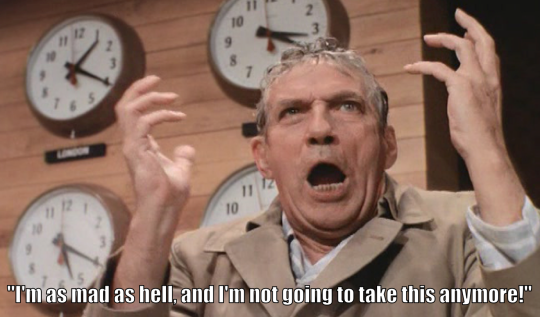
The real problem here is that I was blindsided due to my lack of visibility into image search. Figuring out what was going on took a fair amount of man hours because the metrics that would have told us what was going on weren’t readily available.
Yet in another part of the Googleplex they’re spending crazy amounts of time on image research.
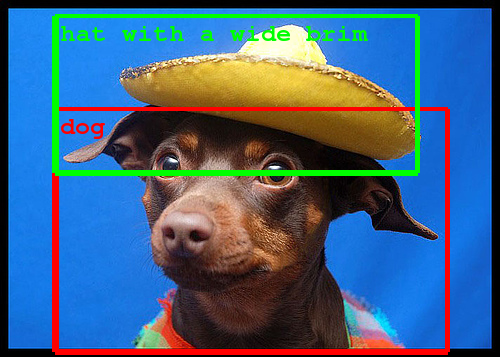
I mean, holy smokes Batman, that’s some seriously cool work going on. But then I can’t tell image search traffic from web search traffic in Google Analytics and the Google Webmaster Tools data often shows more ‘image clicks’ to a site than total organic traffic to the site in the same time period. #wtf
Even as Google is appropriately moving towards the viewable impressions metric for advertisers (pdf), we marketers can’t make heads or tails of images, one of the most important elements on the web. This needs to change.
Marketers need data that they can both rely on and trust in to make fact based decisions.
TL;DR
Great research is being done by Google on images but they are failing marketers when it comes to image search metrics. The complete lack of visibility in Google Analytics coupled with ill defined image click data in Google Webmaster Tools leaves marketers in the dark for an increasingly important type of Internet content.
The Next Post: Google Autocomplete Query Personalization
The Previous Post: The Preference Bubble

3 trackbacks/pingbacks
Comments About Image Blind
// 13 comments so far.
Miraj Gazi // December 16th 2014
Hi AJ,
Really well-written and different kind of post. I learned a new thing that I never thought to be useful, but it is. thanks for sharing your research with us.
Best Regards
Miraj Gazi
AJ Kohn // December 17th 2014
Miraj,
Thanks for your kind words. Hopefully there will be more research oriented posts in the future.
bill bean // December 17th 2014
At least I know I’m not crazy. Really appreciate the work you’ve put in to this. Hoping Google will show some respect for it.
AJ Kohn // December 17th 2014
Thanks Bill. It’s just frustrating. I like Google Analytics a lot and Google Webmaster Tools is a hugely under-valued and under-utilized tool. But then there are these types of holes and inconsistencies.
While I get that these are free tools, I think it would benefit Google to help provide marketers these insights. If the products were crap or the people nasty then I wouldn’t care so much, but the products are actually quite strong and the people behind them are good eggs.
Now, I’m just a guy writing a blog so I don’t expect Google to snap to attention and change because of me. But perhaps enough marketers will ask questions and there will be enough momentum to get some clarity around images.
Victor Pan // December 23rd 2014
I ran across the frustration of inaccurate Image Search data about two years ago when there was discontinuity between the way GWT was recording Image Search traffic and GA. We were ranking for “facebook” on Image Search and the impressions/clicks were off the charts on GWT, but none of which was reflected on GA. Yes, the definitions are different between the two tools, but like you’ve demonstrated, things were way off.
Googlers may tout that YouTube is the second most popular search engine second to Google Search, but the types of queries and behavior on YouTube do not match up to Google’s Keyword or Ad Planner tool. The old YouTube Keyword Tool showed us this. The same is true with Image Search.
Like you’ve highlighted, the bigger problem is that we want to create content people want in the channels they use, but the data we have is frustratingly untrustworthy.
Jesse Wojdylo // January 03rd 2015
AJ,
Your article is fantastic. A few years ago I optimized a “wallpaper” website in which I created images that could be downloaded and used as desktop wallpaper. Before analytics changed I could see I was getting well over 1000 searches a day for specific phrases with “wallpaper” at the ending. Unfortunately, most of these “visitors” had very little or no time on site.
I really wish there was a better/easier way to track if people are actually clicking on the image or are they simply searching it in Images.Google.com and downloading or looking at it from there.
In the next few years I think the web will go more towards photos; we are already seeing it with Pinterest and the “engagement” of social media posts with images. That said, ultimately, we need to get people to our websites. Anyone reading this can run with the “wallpaper” idea as I just didn’t have enough time for it.
Thanks again for the great article AJ!
AJ Kohn // January 06th 2015
Jesse,
Thanks so much for your kind words and comment. You bring up that most critical point about engagement for these image visits. It’s different and generally lower than web visits. So we should be able to look at them separately so we can understand our users better.
We might even figure out ways to target image visits to better perform. At a minimum you’d want to understand whether those image visits helped secure branding and downstream visits via some form of attribution modeling. But … right now we don’t have any of that.
Like you said, the web is getting more image based so having this insight will become even more vital.
florian bouteilloux // January 18th 2015
Hi,
Another great article that sums up the frustation among webmarketers and SEOs. I had the same questioning on what exactly is a GWT image click but I only came up with the same hypothesis you’re talking about so far.
Thanks for your research work,
greetings from france.
AJ Kohn // January 18th 2015
Thanks for the kind words Florian. I can only hope that we get some clarification soon as the importance of images increases.
Richard Taylor // February 03rd 2015
AJ,
Thanks for the article.
We use your tricks on how to track image search on Google Analytics – big thanks for that!
It was news to me that Chrome has removed the referrer. Looking at sessions on our site from Google Images by browser on GA shows Chrome still being strongly represented. Am I missing something?
Like you, I assume that the image clicks in GWT refer to the clicks to expand the results rather than a click through to the site.
If this is right and I understand your numbers correctly, the site is getting a CTR from the expanded image of about 15%.
AJ Kohn // February 03rd 2015
Richard,
I’m glad you’re using the filtering methods to get some additional insight into image search. I checked now to see the distribution of browser for google images (i.e. – primary dimension is google images as a source and secondary dimension is browser).
Chrome never rises above single digits and is usually in the low single digits as a percentage of browsers. That runs contrary to the overall browser distribution where Chrome is well represented, if not the top browser. So between that and prior inspection of what Google sends over the network I can confirm that Chrome rarely delivers the referrer. #sadface
But if you have some data that shows otherwise I’d love to see it.
As to the CTR from expanded image views, it depends on what you include (all image sources or just google images) but it’s between 10% and 15% for the data presented. I’d love to crowdsource some anonymized data around this to understand the user behavior of those using image search.
Richard Taylor // February 04th 2015
When I follow your method for calculating browser share, Chrome drops from 37% to 2%. However, if I look at the browser share for the group of landing pages (that we are focusing for Google image traffic) with the source as Google Images (configured as a segment) then the Chrome share is 21%. Not obvious to me why there us such a big difference between the two methods of deriving browser share.
I would be happy to share anonomised data. Like you, we think image results brings a different type of traffic. One obvious point is that it is far less important to be in position one in the results. Get in touch to let me know what you want.
Louis S // February 05th 2016
Well with this in mind, surely if there is a need for a product someone will make it and ultimately if it’s popular enough, Google will simply buy it out like they always do. That’s usually the trend with the big search engine giant, and they wait it out and let others invest themselves into it first before Google goes and takes a risk!
Sorry, comments for this entry are closed at this time.
You can follow any responses to this entry via its RSS comments feed.